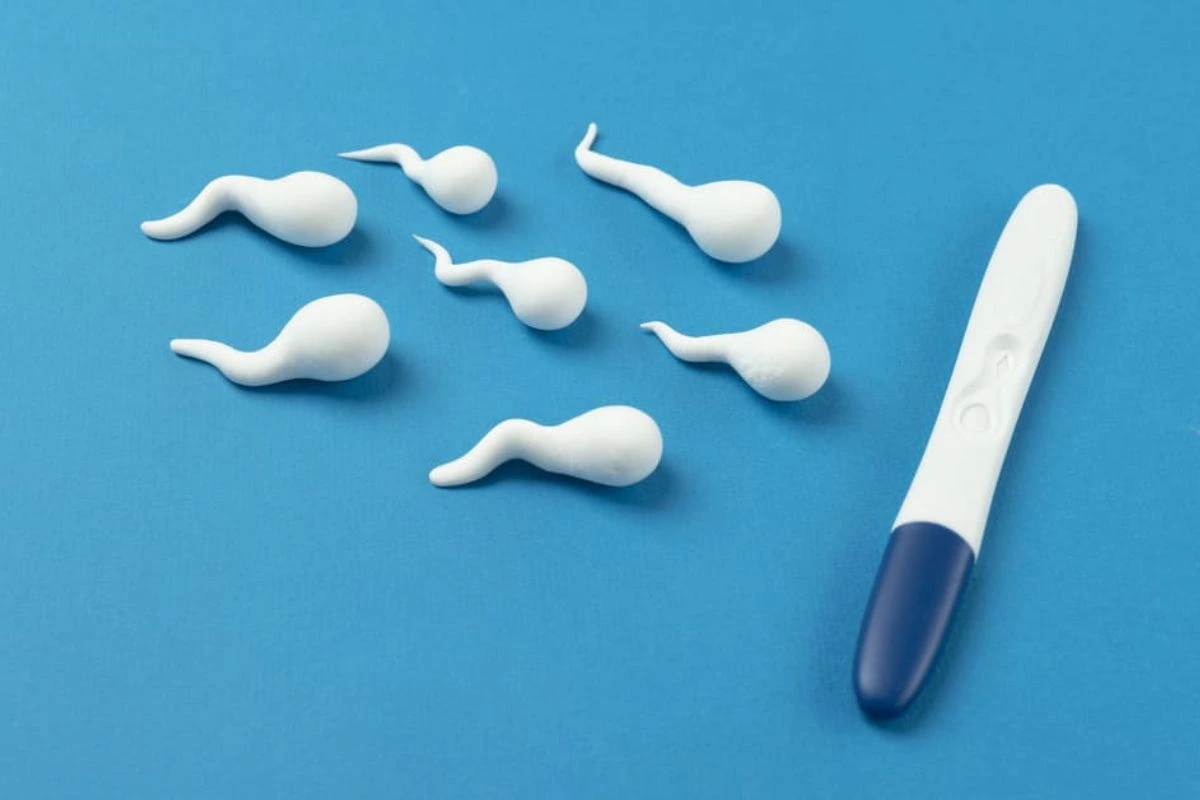How Does Surgical Sperm Retrieval Work?

When couples face male infertility, assisted reproductive technologies (ART) can provide a viable solution. One such option is surgical sperm retrieval, a medical procedure used to collect sperm from men who cannot produce sperm in their semen due to various medical conditions. Whether caused by a blockage, low sperm production, or an inability to ejaculate sperm naturally, surgical sperm retrieval can give individuals the chance to father a child through IVF (In Vitro Fertilization) with the help of a fertility specialist.
This blog will explore how surgical Sperm Retrieval works, the types of procedures available, and the benefits and risks associated with it. Additionally, we will touch upon the availability of Surgical Sperm Aspiration in Kenya for individuals seeking fertility treatments in the region.
What is Surgical Sperm Retrieval?
Surgical sperm retrieval is a procedure in which sperm is directly collected from the male reproductive system. This procedure is typically recommended when a man cannot produce sperm in his semen due to medical conditions such as:
(i) Azoospermia: The absence of sperm in the semen.
(ii) Obstructive azoospermia: A blockage in the reproductive tract that prevents sperm from being released during ejaculation.
(iii) Non-obstructive azoospermia: A condition in which sperm production is insufficient or absent due to a problem in the testicles.
(iv) Ejaculatory dysfunction: The inability to ejaculate sperm due to physical or neurological reasons.
Once sperm is retrieved through surgical means, it can be used for IVF, ICSI (Intracytoplasmic Sperm Injection), or sperm donation.
How Does Surgical Sperm Retrieval Work?
There are several methods for retrieving sperm, depending on the cause of the infertility and the individual's medical condition. Below are the primary procedures for How Does Surgical Sperm Retrieval Work:
1. Percutaneous Epididymal Sperm Aspiration (PESA): PESA is one of the most common techniques used for surgical sperm retrieval. It involves the aspiration (suction) of sperm directly from the epididymis, which is a small, coiled tube located at the back of the testicles where sperm is stored and matured. This procedure is usually done under local anesthesia and is minimally invasive.
In PESA, a fine needle is inserted through the scrotum and into the epididymis to collect sperm. The sperm is then extracted and prepared for use in assisted reproductive procedures such as IVF or ICSI. This method is most effective for men who have obstructive azoospermia, meaning the blockage prevents sperm from traveling into the ejaculate, but the sperm production itself is normal.
2. Testicular Sperm Aspiration (TESA): In cases of non-obstructive azoospermia, where sperm production is low or absent in the epididymis, Testicular Sperm Aspiration (TESA) is the preferred method for sperm retrieval. Unlike PESA, TESA involves collecting sperm directly from the testicle. The procedure is performed under local anesthesia or sedation.
During TESA, a fine needle is inserted into the testicle, and a small tissue sample is aspirated to retrieve sperm. If sperm is found in the testicular tissue, it is used for fertilization in IVF or ICSI. TESA is ideal for men who have a problem with sperm production but no obstruction in the reproductive tract.
3. Testicular Sperm Extraction (TESE): Testicular Sperm Extraction (TESE) is a more invasive procedure compared to PESA and TESA. This method is used when sperm production is severely impaired or absent, and other sperm retrieval methods have failed. In TESE, a small incision is made in the scrotum, and a tissue sample is taken directly from the testicle.
Unlike TESA, which involves aspiration through a needle, TESE involves the removal of a larger sample of tissue from the testicle. The sample is then examined in a laboratory to identify and extract any viable sperm for use in fertility treatments.
4. Microsurgical Epididymal Sperm Aspiration (MESA): MESA is a more advanced version of PESA, and it is often used when a blockage in the epididymis prevents sperm from being released into the ejaculate. MESA uses microsurgical techniques to extract sperm from the epididymis with the help of a surgical microscope.
The procedure is more complex than PESA but can be highly effective in retrieving viable sperm for use in IVF or ICSI. MESA is often used when a man has a previous vasectomy, or in cases where sperm is present in the epididymis but not in the ejaculate.
What Are the Benefits of Surgical Sperm Retrieval?
How Does Surgical Sperm Retrieval Work to help couples experiencing male infertility by offering several benefits, including:
(i) Provides Access to Sperm for IVF: Men with no sperm in their semen due to blockage or low sperm production can still access sperm from their reproductive system for IVF or ICSI procedures.
(ii) Increases Fertility Treatment Options: Surgical sperm retrieval provides additional options for men who may not have been successful with other fertility treatments.
(iii) Improves Success Rates: Sperm retrieved surgically can improve the chances of success with ART, as it allows doctors to select the healthiest sperm for fertilization.
(iv) No Need for Donor Sperm: Surgical sperm retrieval eliminates the need for sperm donation, which may not be an option for some couples.
What Are the Risks and Side Effects?
While surgical sperm retrieval procedures are generally safe, there are some risks and side effects to be aware of. These may include:
(i) Infection: As with any surgical procedure, there is a risk of infection.
(ii) Bleeding: There is a risk of bleeding at the site of the procedure.
(iii) Scarring: Surgery may result in scarring, which could affect future sperm retrieval attempts.
(iv) Pain: Some discomfort or pain may occur after the procedure, although it is typically temporary.
It is essential to discuss these risks with your fertility specialist and ensure you are fully informed before proceeding with any of the sperm retrieval techniques.
Surgical Sperm Aspiration in Kenya
For men in Kenya, Surgical Sperm Aspiration in Kenya is available through specialized fertility clinics. Many reputable fertility centers in Kenya offer sperm retrieval services for men experiencing infertility. With experienced surgeons and modern equipment, the chances of successful sperm retrieval and successful pregnancy can be significantly improved.
Choosing a skilled fertility clinic is essential for ensuring a smooth and effective sperm retrieval procedure. Clinics in Kenya, especially those with experience in Surgical Sperm Aspiration in Kenya, provide access to expert care and advanced reproductive technologies.
Conclusion
How Does Surgical Sperm Retrieval Work? It is a process designed to help men with male infertility by extracting sperm directly from the epididymis or testicles for use in assisted reproductive treatments such as IVF and ICSI. Different techniques may be used depending on the cause of infertility, such as PESA, TESA, or TESE.
For men struggling with infertility, surgical sperm retrieval offers a hopeful solution. It provides the opportunity to become a father through assisted reproduction, even when natural conception is not possible. With Surgical Sperm Aspiration in Kenya, individuals can access advanced fertility treatments and expert care to enhance their chances of having a child.
If you are considering sperm retrieval, it is essential to consult with a fertility specialist to discuss the best course of action for your individual needs. How Does Surgical Sperm Retrieval Work? Understanding the process can empower you to take the next step toward building your family.
FAQ's
What is surgical sperm retrieval?
Surgical sperm retrieval is a medical procedure used to collect sperm directly from the testicles or epididymis in men who do not have sperm in their semen.
Who needs surgical sperm retrieval?
It is mainly recommended for men with azoospermia (no sperm in semen), blocked reproductive tracts, or ejaculation problems that prevent sperm release.
What are the common types of surgical sperm retrieval?
The main types include PESA (Percutaneous Epididymal Sperm Aspiration), TESA (Testicular Sperm Aspiration), TESE (Testicular Sperm Extraction), and MESA (Microsurgical Epididymal Sperm Aspiration).
Can sperm retrieved surgically be used for a natural pregnancy?
No, sperm retrieved surgically cannot be used for natural conception. They are used in assisted reproductive techniques such as IVF or ICSI.
